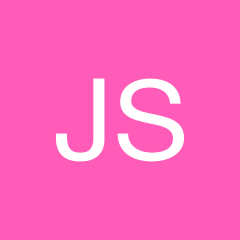Vue子组件如何获取slot传入的表单绑定?
本来想设计一个组件,如图所示

完整的图是组件,名叫QueryForm,其中三个按钮和分割线是组件内置的,各种input输入框是slot进来的。QueryForm的源码如图所示:


现在我希望我能指定每个input所绑定的变量,并且再按下搜索按钮的时候,能够把各个变量组成的那个总的object对象返回到QueryForm父组件层来。
 尚方宝剑之说
尚方宝剑之说浏览 3032回答 1
1回答
-

蓝山帝景
我记得vue官网例子有一个这样的说法:也就是说,假如你的应用里面就只有这一个组件实例的话,那么你完全可以不用担心所有组件实例共享数据的问题。即 var childData={ option1:'', option2:'', date:'' } var child=Vue.extend({ tempalte:'#demoTemplate', data:childData, }) var father=new Vue({ el:'#fatherId', data:{ childData:childData, ... }, components:{//局部注册 ch:child } })这样父子共同使用childData的数据当然上面那个还是我猜的→_→||,毕竟我也没试过这样,你可以试试。接下来是标准的做法:利用props传值,把v-model="msg"的msg这部分定义在父组件上,即: /*子组件定义*/ var childObj=Vue.extend({ template:'#demoTp', props:['father'] }); <!--子组件在他爹里面的样子--> <div id="father"> <!--:是v-bind,必须要要加上去--> <component :is="child" :father="msg"></component> </div> /*定义他爹*/ var father = new Vue({ el:'#father', data:{ child:'ch'//子组件的名字 msg:''//给子组件的数据放这里 childData:{ option1:'', option2:'', option3:'', date:'', } }, components:{ ch:childObj//注册 ch,子组件的名字 }, ready:function(){ this.msg=this.childData//你可以这样给子组件传值 } }) <!--子组件内容--> <template id="demoTp"> <input type="text" v-model="father.option1" /> <input type="text" v-model="father.option2" /> <input type="text" v-model="father.option3" /> <p>{{father.option3}}</p> <p>这里的father就是组件挂载点上那个father属性</p> </tempalte>
 随时随地看视频慕课网APP
随时随地看视频慕课网APP
相关分类

 JavaScript
JavaScript